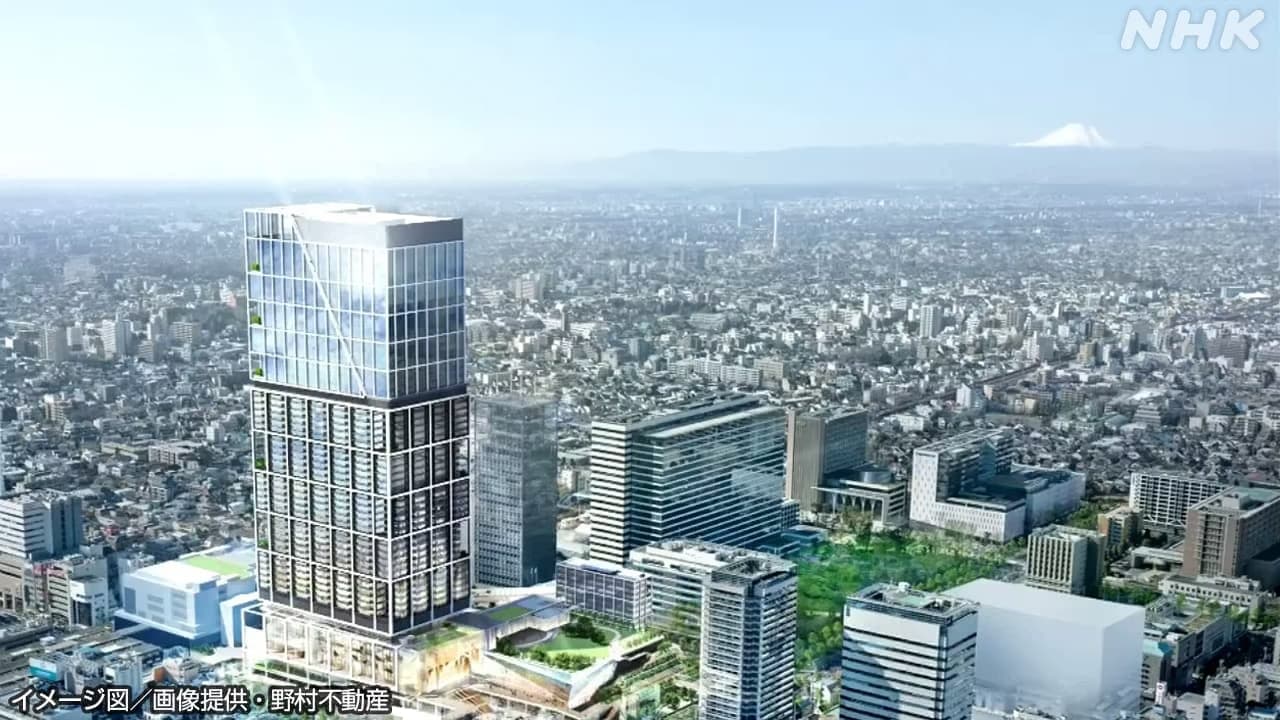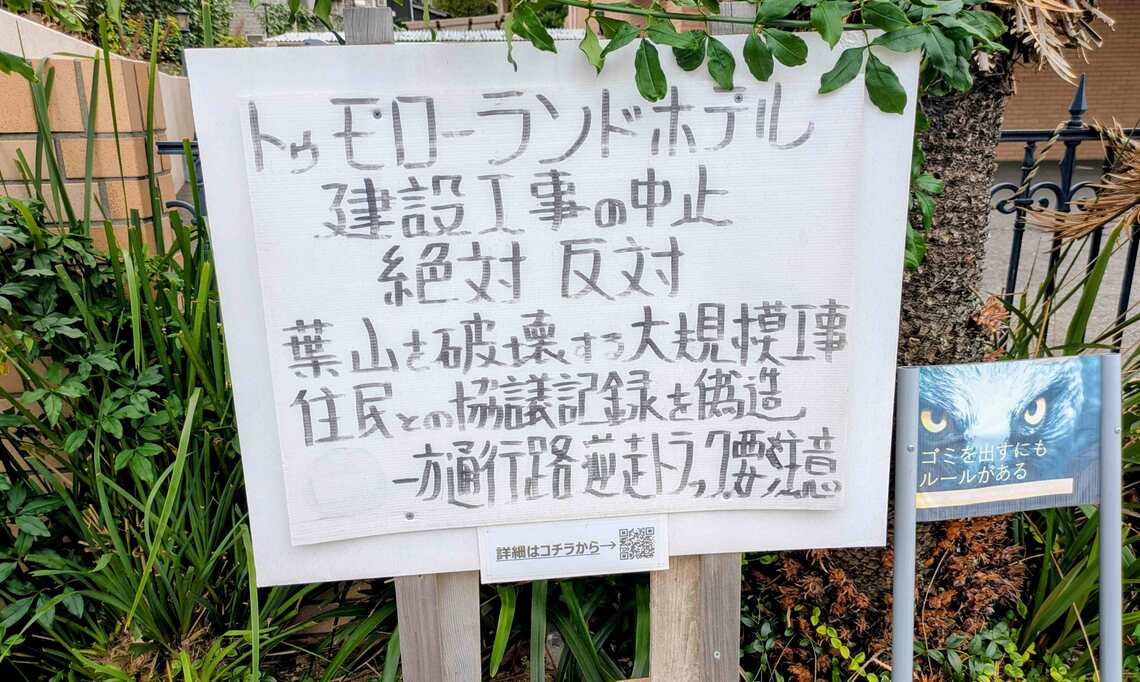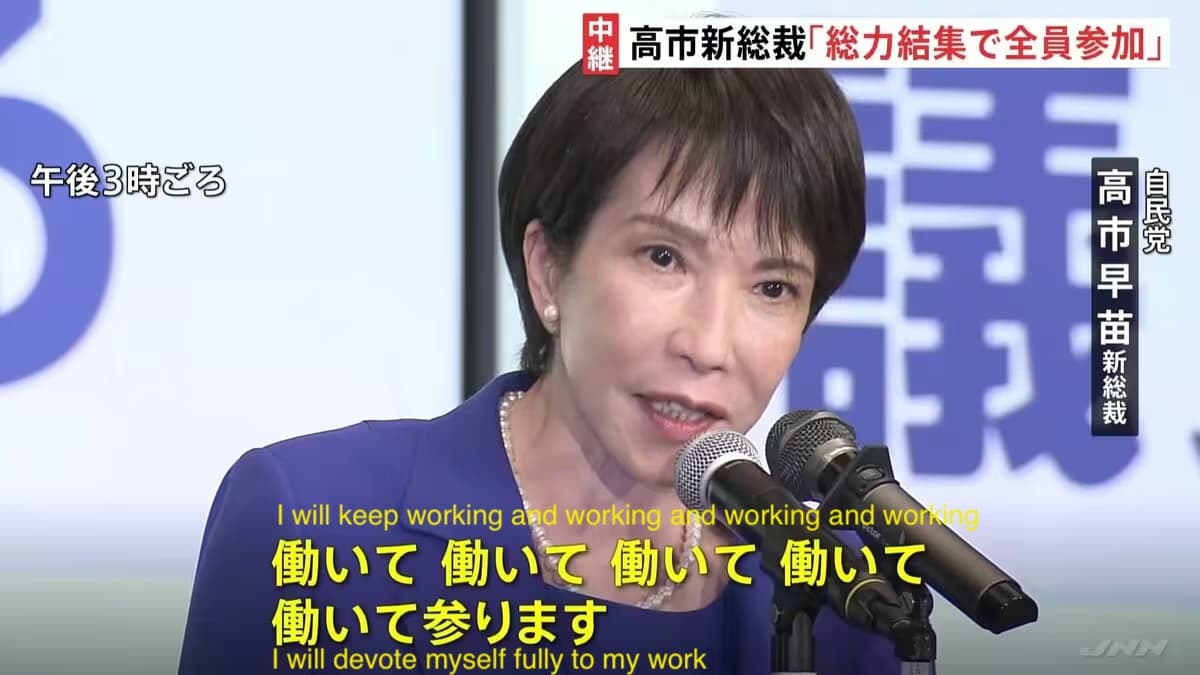Words: 2666 | Estimated Reading Time: 14 minutes | Views: 397
Soaring budgets, divided public opinion, political maneuvering — how did Nakano's redevelopment unravel step by step under these triple pressures?
Nakano and Nakano Sunplaza
Nakano Ward sits immediately west of Shinjuku — one of Tokyo's subcenters — just one subway stop away, offering excellent transport links and well-developed local amenities. As a mixed residential, commercial and cultural district, Nakano has long been a popular choice for residents seeking a balance of living and commuting. In recent years, with Tokyo's core commercial areas reaching saturation, Nakano has been positioned as an emerging development hotspot and incorporated by the government into the core strategic area of "Tokyo Regeneration". In particular, the area around Nakano Station's north exit — a hub linking the Chuo Line with the Tozai and Sobu Lines and other routes — has very high accessibility and passenger potential, and is seen as one of the few central urban areas still suitable for high-intensity redevelopment.
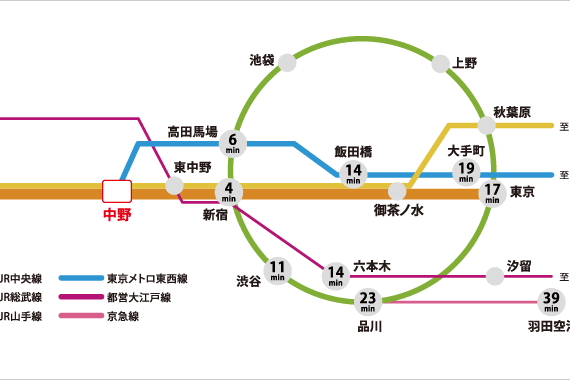
Nakano Sunplaza (中野サンプラザ)
Nakano Sunplaza sits prominently on the plaza in front of Nakano Station's north exit. Since opening in 1973 it has been the ward's most iconic landmark. This futuristically shaped triangular-pyramid building, designed by the renowned architect Yoshinobu Ashihara, combines hotel, concert hall, dining and office functions, and is a representative example of the late-Shōwa era "integrated facilities" movement in Japan.
The Sunplaza concert hall has hosted the debuts and final performances of countless top artists and served as the venue for many major cultural events, giving it special significance for Nakano Ward and Japan’s performing arts scene. Even as Tokyo land prices rose, the building retained a degree of public accessibility and a familiar, community-oriented atmosphere, forming part of many residents' everyday memories.

However, with building aging, updated seismic standards and an inefficient use of space, Nakano Sunplaza could no longer meet modern urban requirements for high efficiency and multifunctionality. Sunplaza closed in July 2023 to make way for an upcoming redevelopment. Under Nakano Ward's comprehensive "Nakano Station Area Redevelopment" blueprint initiated in 2016, the Sunplaza site together with the former ward office site was designated as a "core renewal area," intended to consolidate land, integrate functions and attract private capital to create a new Nakano landmark and boost the urban image and economic vitality of the station’s north exit.
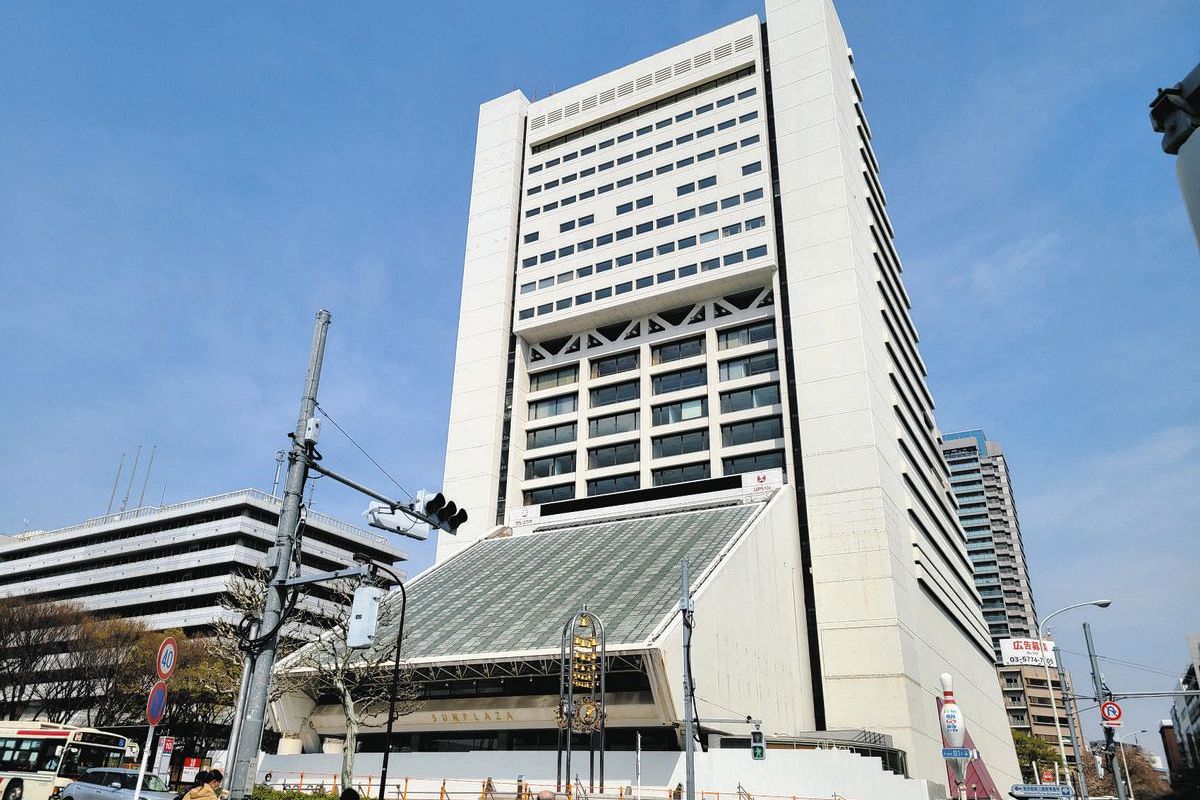
To advance the project, Nakano Ward and private firms set up a public-private partnership platform in 2016 and finalized the Nakano Station area development policy in 2020, then invited proposals from developers. Ultimately a development consortium led by Nomura Real Estate, together with Shimizu Corporation and Nikken Sekkei was selected and formally designated as the implementing entity in January 2021. The plan called for demolishing Sunplaza and the old ward office to build a 61-story, approximately 250-meter mixed-use skyscraper housing offices, residences, retail, cultural facilities and a hotel — promoted as Nakano's once-in-a-century flagship redevelopment.
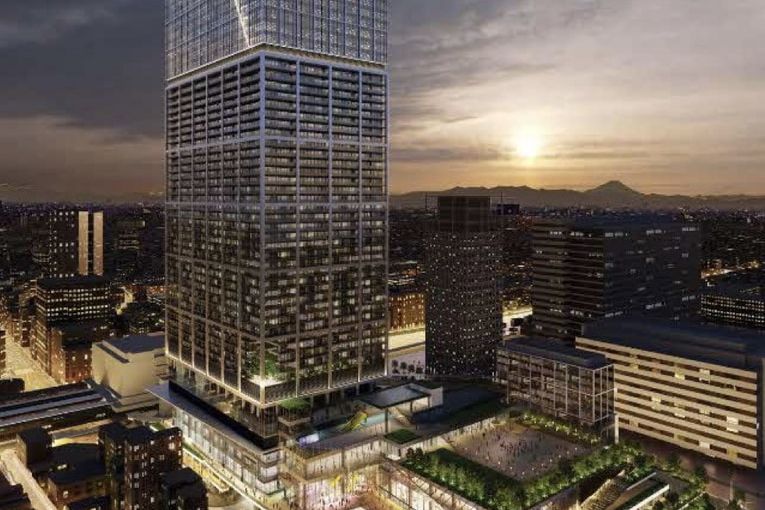
Development Timeline
Under the initial plan, the development team proposed to construct a 61–62-storey tower of approximately 250–262 meters on the old Nakano Sunplaza site, tentatively named "NAKANO Sunplaza City." The tower would combine offices, residential apartments and observation facilities, with adjacent low-rise buildings for cultural and public uses such as a large event hall and hotel. The project's initial total investment was estimated at roughly ¥181 billion. However, in recent years surging material prices and higher labor costs forced repeated budget revisions that failed to cover rising expenses. By January 2024 the project budget had expanded to around ¥263.9 billion; by September 2024 total construction costs were forecast to possibly reach ¥353.9 billion — nearly double the original estimate. Against this backdrop, the construction permit application was submitted to the Tokyo Metropolitan Government in July 2024, but the developer withdrew the application in October under pressure and was asked to submit a revised proposal.
With costs out of control and plan adjustments ongoing, Nakano Ward became increasingly wary about the project's prospects. On March 11, 2025, Ward Mayor Naoto Sakai announced he did not accept the developer's revised proposals, effectively putting the original Sunplaza redevelopment plan on hold and returning it to a "blank slate." On June 19, 2025, the Nakano Ward Assembly voted to terminate the project promotion agreement with Nomura Real Estate and other companies, formally halting the redevelopment. According to the ward, it will re-examine the 2020 development policy, solicit broad input from residents and stakeholders, and present a new draft reconstruction plan by March 2026 while re-opening public recruitment for private development partners.
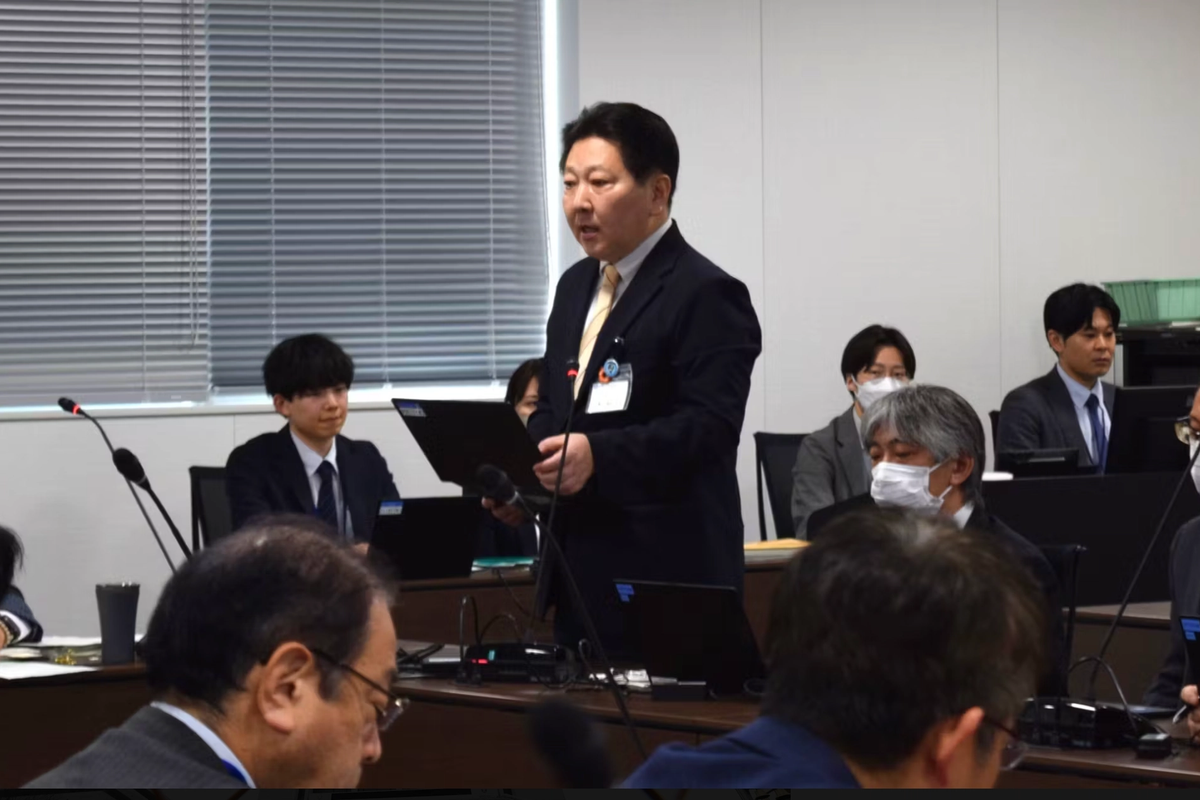
Key Project Milestones
2 July 2023: Sunplaza closed operations given building aging and preliminary redevelopment preparations, to allow for future demolition.
15 November 2023: The redevelopment project led by Nomura Real Estate received urban planning approval from Nakano Ward, covering the former Sunplaza and the ward office site with a planned height around 262 meters.
January 2024: Reports indicated the originally estimated total investment of ¥181 billion had risen substantially to about ¥263.9 billion.
September 2024: The developer reported that due to material and labor cost increases the budget had grown by about ¥90 billion, and total construction costs could reach ¥353.9 billion, nearly double the original estimate.
July 2024: The development team submitted a construction permit application to the Tokyo Metropolitan Government, but in October 2024 withdrew the application amid cost pressure and was asked to submit revised plans.
11 March 2025: Nakano Mayor Naoto Sakai publicly rejected the developers' revised proposals (including a proposed "twin-tower" option), effectively shelving the initial redevelopment plan (“a de facto blank slate”).
1 May 2025: The mayor announced plans to propose to the June ward assembly a motion to terminate the basic agreement with Nomura Real Estate, stressing that the project should not be "rushed" and must proceed prudently.
19 June 2025: The Nakano Ward Assembly formally approved the motion to dissolve the project promotion agreement, legally returning the redevelopment to a "blank slate." The ward plans to re-propose a new plan from March 2026 and re-open developer recruitment.
Analysis of Project Failure
1. Construction Cost Surge
The immediate trigger for the Nakano Sunplaza redevelopment's collapse was the explosive rise in construction costs. Under global inflation and supply-chain bottlenecks, Japan's construction material and labor costs climbed sharply in recent years. Reportedly, construction costs for the Sunplaza project rose from the initial estimate of ¥181 billion to ¥263.9 billion by early 2024, and later were expected to exceed ¥350 billion. A near doubling of the budget in a few years undermined the project's financial basis.
Shimizu Corporation at one point requested an additional ¥90 billion, which would have brought total construction costs close to double the initial estimate. “Cost escalation exceeded the developers' ability to recover expenses through property sales,” an industry source said. Nomura Real Estate judged that continuing investment would not yield a viable return, and thus withdrew the construction-permit application. At the same time, Nakano Ward itself faces fiscal pressure: during the project's suspension the ward reportedly incurred roughly ¥28 million per month to maintain the idle Sunplaza and old ward office buildings, meaning longer delays would increase the fiscal burden. Cost runaway made the project economically unsustainable and was the primary reason for termination.
2. Labor Reforms Increased Construction Costs
In April 2024 Japan fully implemented amendments to Article 36 of the Labor Standards Act, removing prior overtime exemptions for industries including construction, medicine and professional drivers. The reform introduced explicit capped limits on annual overtime: the new standard restricts overtime to 360 hours per year and 45 hours per month, with additional constraints such as averaging no more than 80 overtime hours per month across any two-to-six-month period and a single-month cap of 100 hours. This policy abruptly eliminated the construction sector’s long-standing reliance on extended overtime to meet schedules and created the so-called "2024 problem" — construction firms must either hire significantly more workers to meet deadlines or risk noncompliance by continuing overtime.

At the same time, Japan's construction industry already faced structural labor shortages, with fewer young entrants and an aging workforce. After the law took effect, firms had to hire more staff to make up for reduced overtime, which extended schedules and drove up labor costs.
The Nakano Sunplaza redevelopment — a super-tall, complex mixed-use project (around 250 meters, 61 stories) — required a large, highly skilled workforce and tight schedule management. The development team had hoped to rely on overtime to shorten the construction period and reduce financing and on-site costs, but the new labor rules removed that lever. The project therefore needed more specialized crews and longer construction timelines to meet permit conditions, while the nationwide resource demand for the 2025 Osaka-Kansai Expo further "crowded out" skilled labor and critical materials, tightening supply and pushing costs higher.
Consequently, post-2024 labor reforms and structural industry issues imposed a dual burden of increased construction difficulty and rising costs on the project, and were a deep-seated driver behind budget overruns and the withdrawal of the construction-permit application.
3. Conflict Between Revenue Goals and Functional Trade-offs
The project's failure also highlights the tension between public benefit and commercial returns. Under severe cost pressure, the developer sought to revise the proposal to improve profitability. Reports indicate that Nomura Real Estate and partners proposed a "twin-tower" alternative that increased the share of residential units to generate more saleable apartments and offset rising costs. However, this adjustment would have reduced or delayed the originally planned large public cultural facilities (such as the main hall), drawing strong objections from the ward.
In March 2025 Nakano Ward explicitly rejected the twin-tower plan on the grounds that "community exchange facilities would be weakened or pushed back." The mayor stated he would not compromise on public interest, preferring to restart rather than accept a diluted plan. This indicates the parties failed to reach consensus on functional priorities: the government insisted on balancing landmark status with public services, while developers emphasized profitability and favored trimming loss-making elements (e.g., a large auditorium or public spaces). The widening disagreement led to a breakdown in cooperation and the agreement's dissolution.
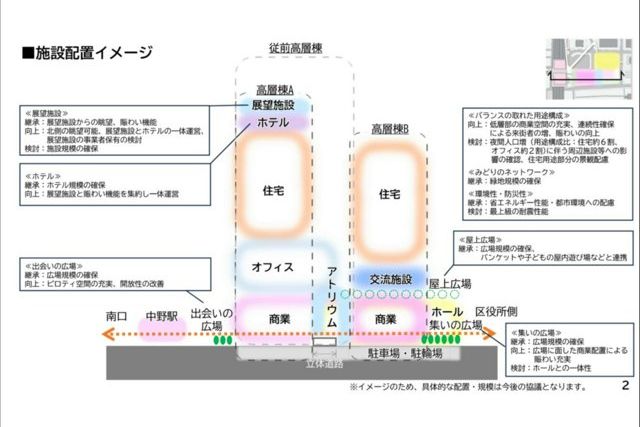
4. Community Sentiment and Demographic Trends:
Major urban redevelopment projects often stir public opinion, and as a local landmark Sunplaza's fate generated divergent views within the community. Some residents — especially younger people — wanted reconstruction pushed forward quickly, saying "if it's going to be demolished, do it fast and build commercial facilities on par with Shinjuku or Shibuya." Other residents, particularly older generations, opposed demolition, arguing that Sunplaza's distinctive triangular form has become a nationally recognized symbol of Nakano and should be preserved or adaptively reused. This split public sentiment made political decisions more cautious. Before halting the plan, the ward held multiple public briefings to solicit opinions, and many citizens questioned whether demolition and full rebuilding were necessary. Sunplaza's cultural and emotional value thus added an intangible obstacle to the project.
From a broader perspective, Japan's demographic trends also matter. Population aging and declining birthrates have reduced labor supply, contributing to higher construction costs and slower schedules. Additionally, post-pandemic changes have introduced uncertainty about long-term demand for large office and convention spaces, leaving questions about market absorption capacity for massive mixed-use complexes. These demographic and market trends added strategic uncertainty to an already massive project. The de facto cancellation of the Nakano Sunplaza redevelopment is therefore the result of multiple overlapping factors rather than an isolated event — similar cases are increasing nationwide. For example, the planned redevelopment of the TOC building near JR Gotanda Station has been delayed due to rising costs, and proposed super-tall projects near Sapporo Station have been scaled back. Such adjustments and cancellations of large-scale projects are becoming more common.
Investment Recommendations and Lessons Learned
The rise and fall of the Nakano Sunplaza redevelopment provides valuable lessons for private real-estate investors. When targeting major redevelopment opportunities, investors should conduct thorough due diligence and risk assessment, with attention to the following:
Information access and monitoring: Maintain timely access to primary project information. Track local government announcements, press releases and authoritative media coverage (e.g., ward statements, Nikkei, NHK). Repeated or delayed budget reviews, construction permits and environmental hearings often signal project difficulties. In the Sunplaza case, signs such as cost escalation and permit delays were apparent as early as early 2024; a vigilant investor could have adjusted expectations accordingly. Avoid relying on rumors or marketing hype — use official and professional sources as the benchmark. Urbalytics' investment map also provides a near-real-time construction schedule based on planned projects and can serve as a reference.
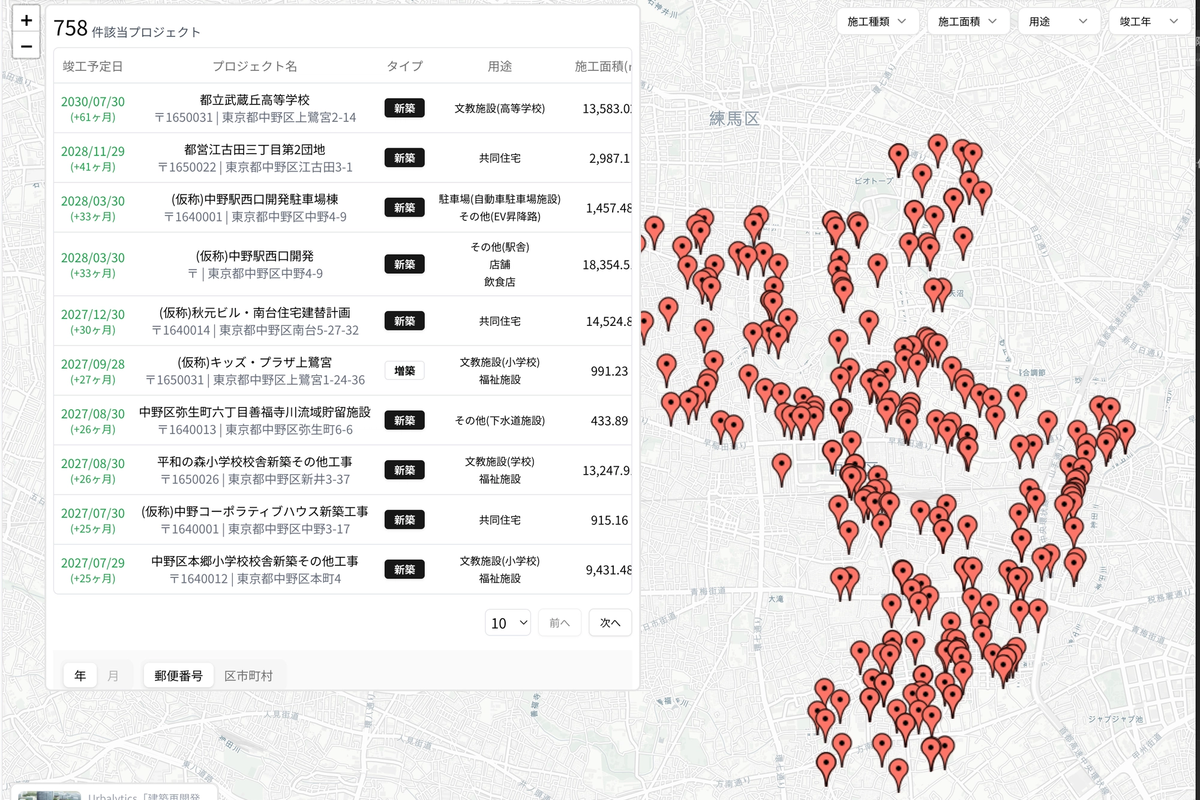
Timeline assessment and patience: Large urban renewal projects often span many years or even decades, and macro conditions and market cycles can change during that time. Individual investors should avoid short-termism and evaluate whether their capital and investment horizon can tolerate project delays or cancellation. Sunplaza was originally scheduled for completion in 2028–2029 but has been postponed indefinitely. In such scenarios nearby property prices and rents can be volatile — rising on early optimism and falling if plans collapse. Investors should build in sufficient time buffers and not rely on overly optimistic construction schedules.
Risk identification and diversification: Identify the multiple potential risks of large projects, including policy shifts (leadership changes, new regulations), fiscal constraints (insufficient public funds or developer liquidity), construction risks (complexity and schedule delays) and community opposition. As the Sunplaza example shows, even in a mature market like Tokyo plans can be overtaken by change. Investors should prepare contingencies, avoid concentration in a single project or location, and keep exposures within tolerable limits. Diversifying holdings is an effective strategy against such uncertainties.
Market sentiment and mindset: Large projects often generate media hype and optimistic market sentiment, which can lead to speculative spikes in surrounding real estate. Savvy investors remain calm and avoid being swept up by short-term "placemaking" mania. Monitor market sentiment: guard against overheating during smooth project advancement and avoid panic selling when projects encounter setbacks. After Sunplaza's redevelopment was cancelled, some feared the site could remain idle as an "urban scar," which naturally provoked short-term pessimism. Yet over the long term Nakano remains a valuable Tokyo location and the ward has indicated it will propose a new plan. Investors should adopt contrarian thinking and a broad perspective — neither be blinded by excessive optimism nor miss opportunities amid pessimism.

Policy orientation and engagement: Private investors should recognize the government's dominant role in large redevelopment projects. Closely follow municipal planning direction and policy signals to assess the degree of official support. If government attitude appears to wobble (for example by publicly questioning the plan or delaying approval), treat this as a major warning. Local property investors can also participate in community consultations to understand resident concerns and political dynamics. The Sunplaza case shows that local government decisions on balancing public interest and commercial profit are decisive. Therefore, investment decisions should assess not only developer strength but also government resolve and community backing. Aligning with policy trends (for instance Japan's current emphasis on "compact city" approaches to reduce infrastructure burdens) can help select more resilient investments.
In short, the Nakano Sunplaza redevelopment's return to a "blank slate" reminds us that large urban redevelopment projects carry significant uncertainty. For private real-estate investors, it is crucial to seize urban renewal opportunities while prudently evaluating risks. Gather reliable information, adopt a long-term mindset, strictly control risk exposure and stay attuned to policy and market signals to navigate the wave of major projects successfully. As experts note, high construction costs are now a nationwide trend and further adjustments or cancellations of similar projects are likely. Thorough preparation and caution are essential to prosper amid the concurrent opportunities and challenges in real estate.
References
Nakano Sunplaza redevelopment: Ward's "blank slate" policy formally decided; ward assembly passes resolution https://www.asahi.com/articles/AST6L33HKT6LOXIE04TM.html#
Why redevelopment plans such as Nakano Sunplaza, TOC and Kita-topia in Tokyo have repeatedly stalled https://www.nikkan-gendai.com/articles/view/money/369608#:
Latest large-scale Japan redevelopments delayed due to rising build costs https://www.patiencerealty.com/post/latest-large-scale-japan-redevelopments-delayed-due-to-rising-build-costs#:~:text=In%20Japan%20specifically%20too%2C%20there,further%20adding%20to%20inflationary%20pressures
https://s.mxtv.jp/mxnews/article/chiiki/1oosaq4qu3qonjqr8.html
Copyright: This article is original content by the author. Please do not reproduce, copy, or quote without permission. For usage requests, please contact the author or this site.
